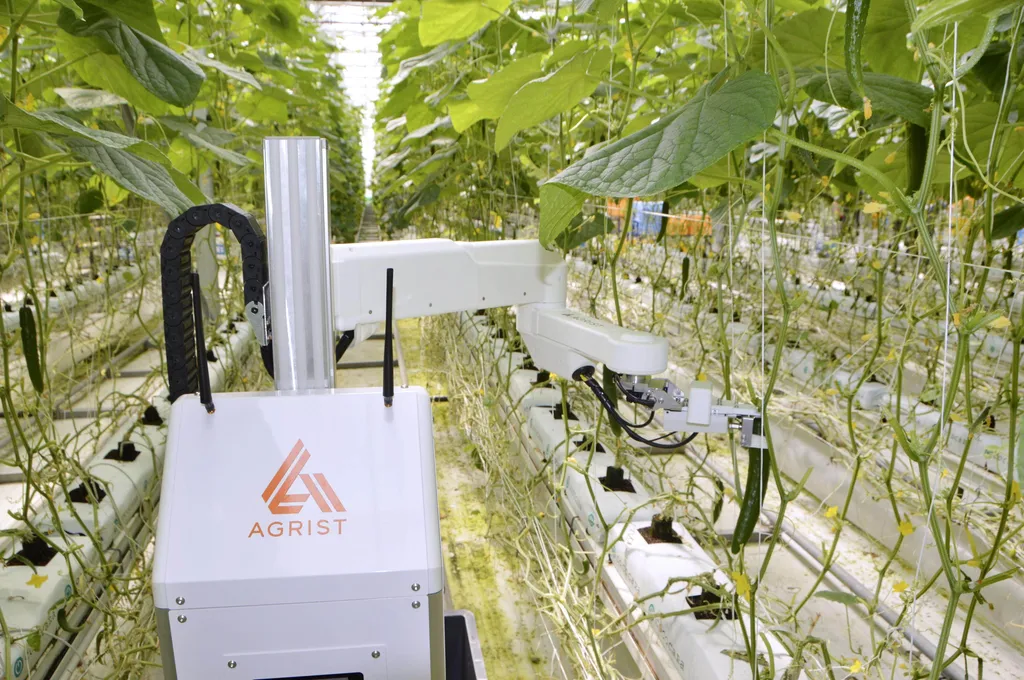In the heart of Japan, a groundbreaking study is reshaping the future of agricultural automation, with implications that could ripple across the energy sector. Joonam Kim, a leading researcher at the Research Center for Agricultural Robotics under the National Agricultural and Food Research Organization, has been delving into the world of real-time object detection for edge computing in agriculture. His latest research, published in the journal *Sensors* (translated to English), compares the YOLOX and YOLOv12 architectures, offering insights that could revolutionize potato harvesting systems and beyond.
Kim’s study is a deep dive into the architectural differences between YOLOX and YOLOv12, and their impact on detection capabilities in data-imbalanced environments. Both models were trained on identical datasets, capturing potatoes, soil clods, and stones, and their performances were evaluated through 30 independent trials under controlled conditions. The results are compelling.
YOLOX emerged as the winner in terms of throughput and energy efficiency, achieving a significantly higher frame rate (107 vs. 45 FPS) and superior energy efficiency (0.58 vs. 0.75 J/frame). This makes it a strong contender for real-time processing requirements in agricultural automation. “YOLOX’s performance is impressive,” Kim noted, “It meets the real-time processing requirements for agricultural automation, which is crucial for the energy sector as well.”
However, YOLOv12 showed its own strengths, particularly in handling challenging classes and small objects. It demonstrated a 42% higher recall for underrepresented soil clod objects and superior precision for small objects. “YOLOv12’s residual efficient layer aggregation network backbone and area attention mechanism are key enablers of balanced precision-recall characteristics,” Kim explained. “This is particularly valuable for addressing agricultural data imbalance.”
The study also revealed implementation inefficiencies in the YOLOv12 multiprocess architecture, which prevented its theoretical advantages from being fully realized in edge computing environments. This finding underscores the critical interplay between architectural design, implementation efficiency, and application-specific requirements.
So, what does this mean for the future of agricultural automation and the energy sector? Kim’s research provides empirically grounded guidelines for model selection, highlighting the need for a balanced approach that considers both architectural design and implementation efficiency. As agricultural automation continues to evolve, these insights will be invaluable in shaping the development of more efficient, effective, and energy-conscious systems.
In the words of Kim, “This research is not just about choosing the right model. It’s about understanding the nuances of each architecture and leveraging their strengths to meet specific application requirements.” As we look to the future, this understanding will be key in driving innovation and progress in agricultural automation and the energy sector.

